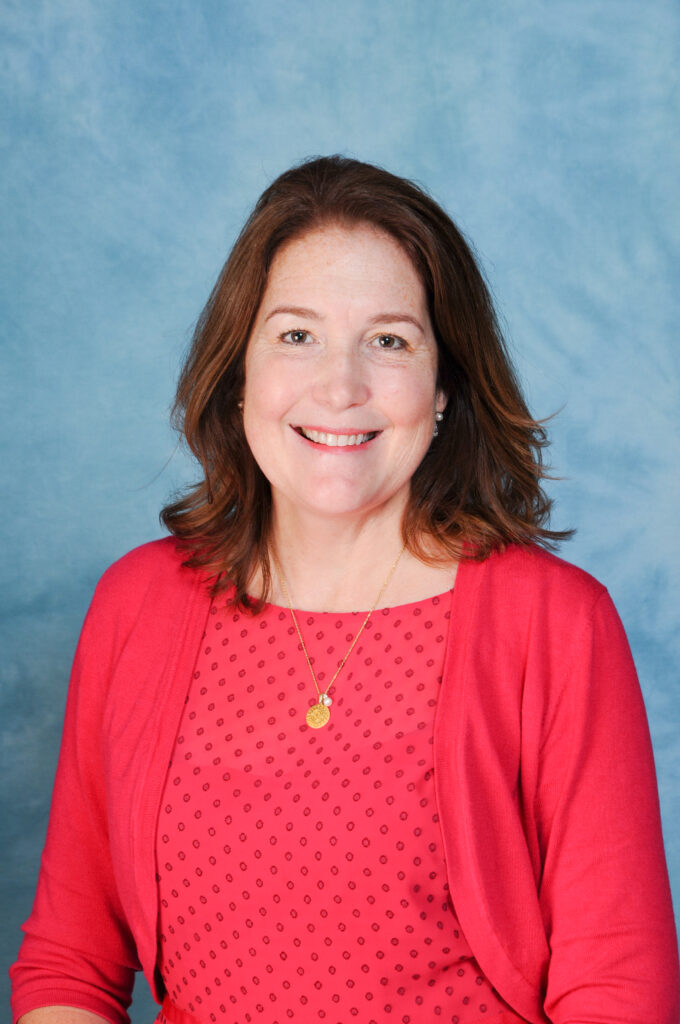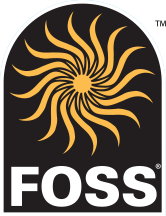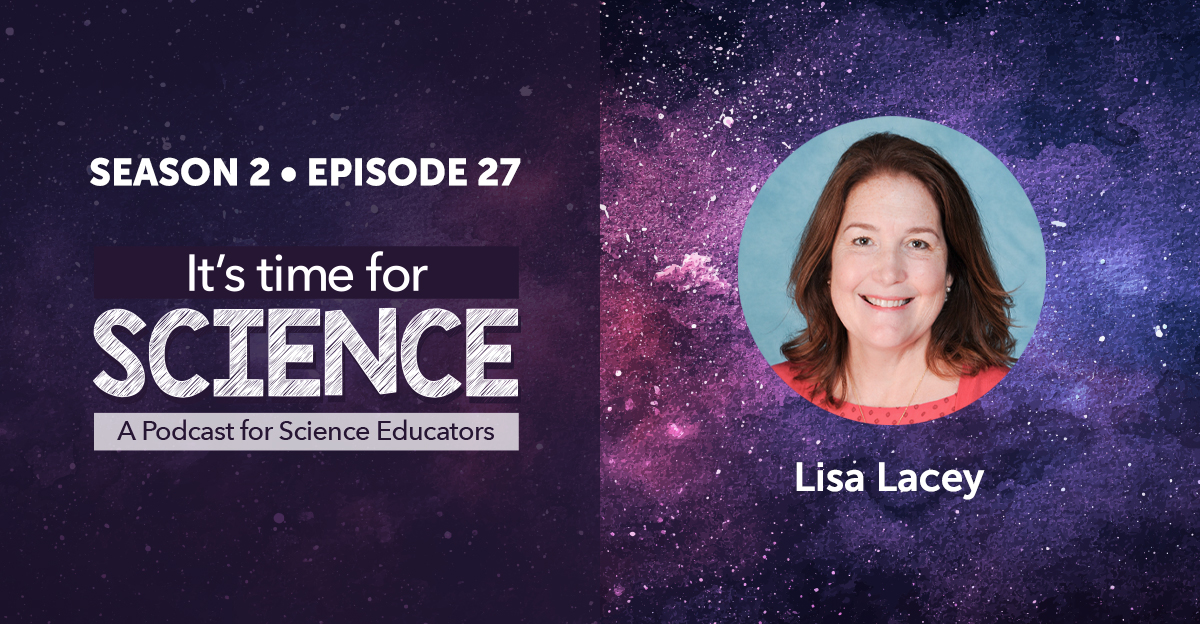It’s back-to-school season, and we’re kicking things off with something new on It’s Time for Science: conversations with students themselves! In this episode, Tom sits down with third-grade teacher Lisa Lacey to talk about embedded assessment, student collaboration, academic vocabulary, and more.

Lisa Lacey teaches third grade in England and has spent her career working in military communities. With 26 years of teaching experience, a Master’s in Education, and a background in language arts, she brings a unique perspective to the science classroom. She has led several writing initiatives and enjoys helping students apply strong writing skills to their scientific responses. For her, one of the most rewarding parts of teaching science is watching students gain confidence as they collaborate and lead sense-making discussions.
In her conversation with Tom, Ms. Lacey shares how she empowers students to take ownership of their learning. She discusses what students bring to science, how they can lead collaborative efforts, and why providing them with opportunities to prepare and participate in interviews helps foster their confidence. By involving students directly in the process, she demonstrates the value of their voices in shaping the classroom learning experience.
The highlight of this episode is hearing from Ms. Lacey’s students. They talk about their own science experiences. They share what helps them learn, how they collaborate, and the strategies that make them feel included. Their insights are thoughtful and authentic, reminding us of the valuable contributions students can make when given the opportunity.
After the student interview, Tom and Ms. Lacey discuss specific strategies that make a difference in the classroom. They cover:
- Embedded assessment notes: Helping students better respond to focus questions.
- Sense-making: Closing lessons with reflection and discussion.
- Hand signals: Encouraging participation from all students, especially those who are quieter.
- Academic vocabulary: Supporting students as they take ownership of scientific language.
- Student-led discussions: Giving students responsibility for facilitating conversation.
- Collaboration: Building skills that grow throughout the year.
- Claim, evidence, reasoning (CER): Strengthening scientific thinking through literacy connections.
- Word walls and notebooks: Reducing pressure, supporting spelling, and helping students construct strong claims.
Ms. Lacey emphasizes that these strategies help to create a safe, engaging classroom environment where every student has a voice. Throughout the year, she sees tremendous growth in how students collaborate, use academic language, and approach scientific reasoning. Tools like word walls and notebooks provide the scaffolding they need, while collaboration helps students learn from one another and builds their confidence. By combining intentional teaching strategies with opportunities for students to use their voices, Ms. Lacey shows how science can become not only more engaging but also more meaningful.

